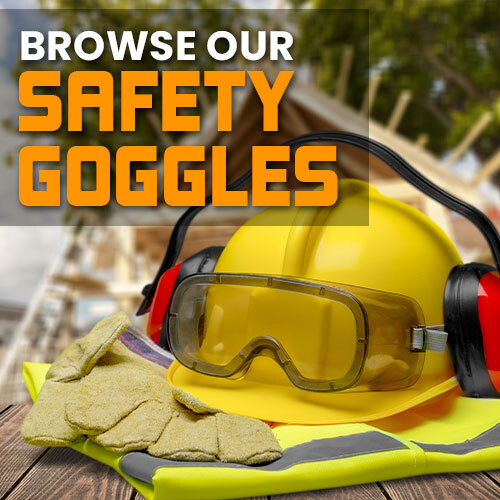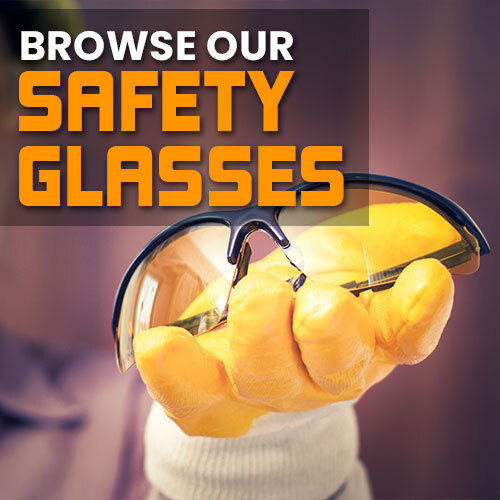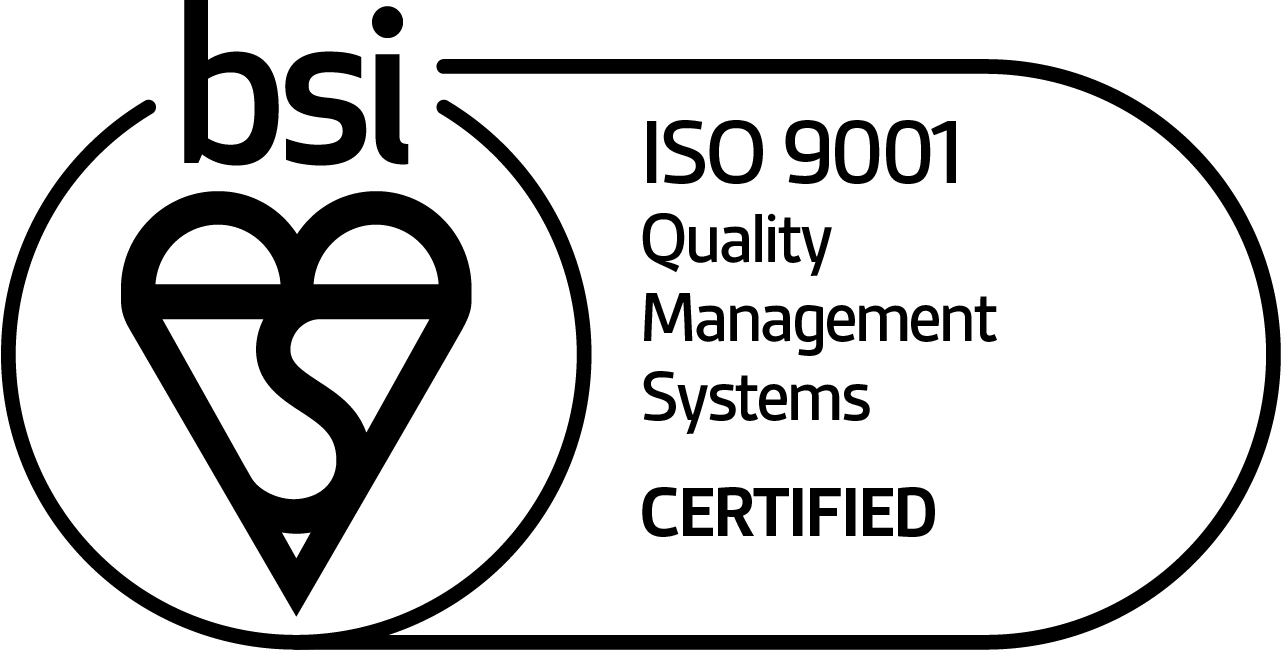| Guide to Welding Helmet Safety Standards31 May 2018 | Eugene When selecting your welding helmet there are a number of factors to consider, and while comfort and clarity are crucial, the most important is always safety. Welding helmets come in all sorts of enticing styles, colours and designs, but if your helmet doesn't conform to the proper standards and specifications, you could be leaving yourself at risk of injury from radiation, sparks, splatters and other workplace hazards. These standards can sometimes be unclear and hard to follow, so to make things easier we at SafetyGoggles.co.uk have compiled a short guide to lay out the basics. Which Standards Should I Look For?While there are countless factors to consider, the main safety standards are always a good place to start. When it comes to welding helmets, the most important standards are EN 175 (standard for equipment protecting the face and eyes from optical radiation and welding hazards) and EN 379 (standard for auto-darkening welding filters). EN 166 standards for eye protection are also important when selecting a welding helmet, which you can learn about by reading our blog on eyewear standards. Standard for Helmets - EN 175Simply put, EN 175 is the standard for all personal protective equipment that protects the user's face and eyes. It ensures your helmet protects you from harmful optical radiation, as well as other hazards that are common in welding, cutting or similar operations. This standard governs specific aspects of your welding helmet, and ensures the design doesn't put you at undue risk against radiative, flammable, mechanical or electrical risks. Helmets that are regulated by EN 175 are designed to be able to safely incorporate protective welding filters, which are themselves governed by EN 379, as we will outline below. If the helmet you're looking at doesn't conform to EN 175, it's best to leave it on the shelf. Standard for Clarity of Welding Filters - EN 379EN 379 is a particularly important standard to pay attention to for welders, as it governs the clarity of your optical filter, which will have a huge impact on the quality of work you'll be able to do. This standard is concerned with auto-darkening filters that darken automatically when the welder strikes the arc, as opposed to the more traditional passive welding helmets that need to be repeatedly raised and lowered. This standard grades welding filters according to a four-part scale, with four separate categories that all correspond to different aspects of a lens' clarity. These scores are all graded on a scale from 1 to 3, with 1 being a perfect score and 3 being the lowest. Helmets with a perfect score in all four categories would earn a marking of EN 379 - 1 / 1 / 1 / 1, while the lowest possible score would be EN 379 - 3 / 3 / 3 / 3. To make things clearer, we'll break down the four categories here: 1) Optical Class (1 / X / X / X)This section could also be referred to as accuracy, as it rates the level of distortion the lens provides. As an example, looking through rippled water would provide a great deal of distortion, while a clear pane of glass would provide almost none. A rating of '1' would be earned if there is minimal distortion, resulting in a clear picture with crisp, accurate details. 2) Light Diffusion Class (X / 1 / X / x)This section focuses on what many of us would see as the traditional definition of clarity: whether the image is blurry or not. While cheap glass will often feature impurities and cause extra light diffusion that will blur the image, quality glass will not, resulting in a better and clearer image. A '1' rating here would mean a clear and uniform image, with no blurring or extra light diffusion in certain areas. 3) Luminous Transmittance Variation Class (X / X / 1 / X)This category is concerned with how consistently the lens' auto-darkening function works. The shade of your filter should darken uniformly across the surface of the lens, with no dark or light areas in comparison to the lens as a whole. A lens that is completely uniform with the same level of shade in all sections would garner a perfect score of '1'. 4) Luminous Transmittance Angle Dependence Class (X / X / X / 1)The final spot in the EN 379 rating scale refers to the clarity of your filter when looking at an angle. A poor quality lens may distort the image you're looking at when you look down, up or to the side, making the image look dark, stretched, blurry or distorted. A perfect '1' quality lens would maintain a consistent shade and image quality, no matter what angle you're looking from. Other Factors to ConsiderWhile the standards discussed above are the most important things to look for when selecting your helmet, there are plenty of other factors to consider as well. These include:
These are our main points to consider when buying a welding helmet, but there are plenty of other factors including design, colour and personal preference. Do you have any questions that we didn't mention, or would you like a recommendation? You can leave us a message in the comments section below, or contact our Customer Care Team at 020 7501 0594. |





